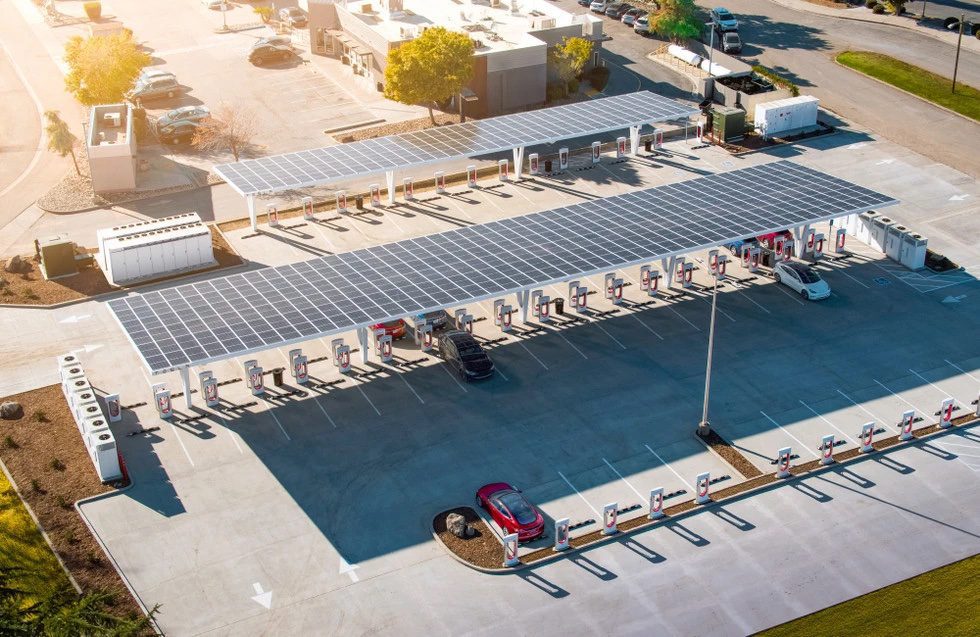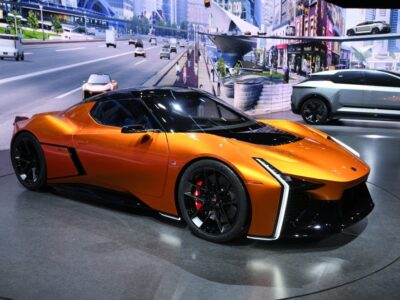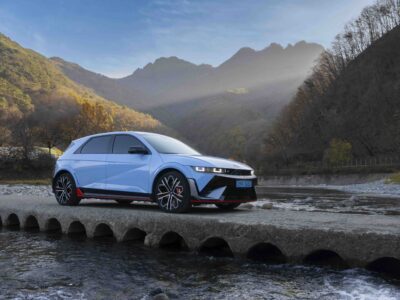Elon Musk and company have been in the news a lot lately. Between his acquisition of Twitter, the continuation of SpaceX’s lucrative rocket development, and a recall regarding self-driving tech issues, 2023 has started with much activity for Musk’s businesses.
Recently, another matter has emerged: a new federal requirement for Tesla’s charging stations. The current administration released new rules on Feb. 15. As part of the $7.5 billion EV charging spending package, companies must adapt to these guidelines as the federal government continues reviving up efforts around a national network.
According to the fact sheet, Tesla “will open a portion of its U.S. Supercharger and Destination Charger network to non-Tesla EVs, making at least 7,500 chargers available for all EVs by the end of 2024.”
It goes on to say that the company will include “3,500 Superchargers and existing 250 kW Superchargers along highway corridors to expand freedom of travel for all EVs, and Level 2 Destination Charging at locations like hotels and restaurants in urban and rural locations.” Production of Tesla’s Superchargers in Buffalo, NY, will also increase. Other charging providers like EVGo, Electrify America, and ChargePoint are to following suit.
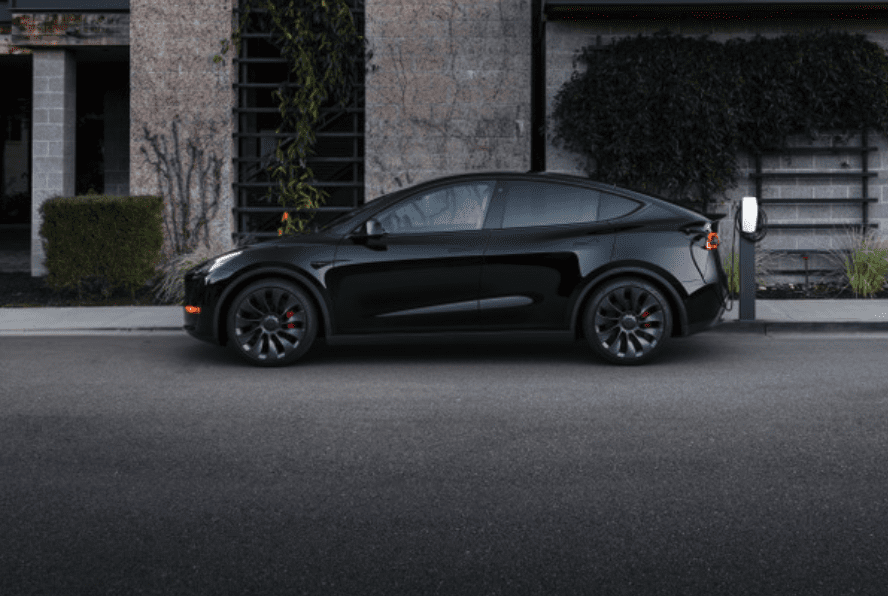
The federal announcement includes new Department of Transportation (DOT) and Federal Highway Administration standards around convenience and compliance with the Build America, Buy America Act for receiving federal money for chargers production.
The fact sheet also announced the National Electric Vehicle Infrastructure (NEVI) program. This $5 billion initiative provides government funding to electric vehicles (EVs) and charger manufacturers to accelerate production. This effort is part of the current administration’s goal of getting 500,000 stations up and running before 2030.
The new standards stipulate that any federally-funded chargers, including through the NEVI program, must have at least 55% of the cost of all components manufactured in the U.S. by July 2024.
“That strategy will ensure that electric vehicle chargers purchased through the NEVI program will be assembled in the United States, effective immediately, and fully compliant with Build America, Buy America requirements for manufactured products by July 1, 2024, to support investments in the supply chain consistent with an aggressive expansion of domestic manufacturing,” the fact sheet stated.
All of these efforts seek to ease the hesitation about EV adoption. The big difference between Tesla and its competitors is it has the largest network in the U.S. However, currently, only Tesla cars can use them. If the U.S. wants to hit its carbon neutrality goals — many revolve around national EV adoption and faster, reliable chargers — more accessible stations are needed.
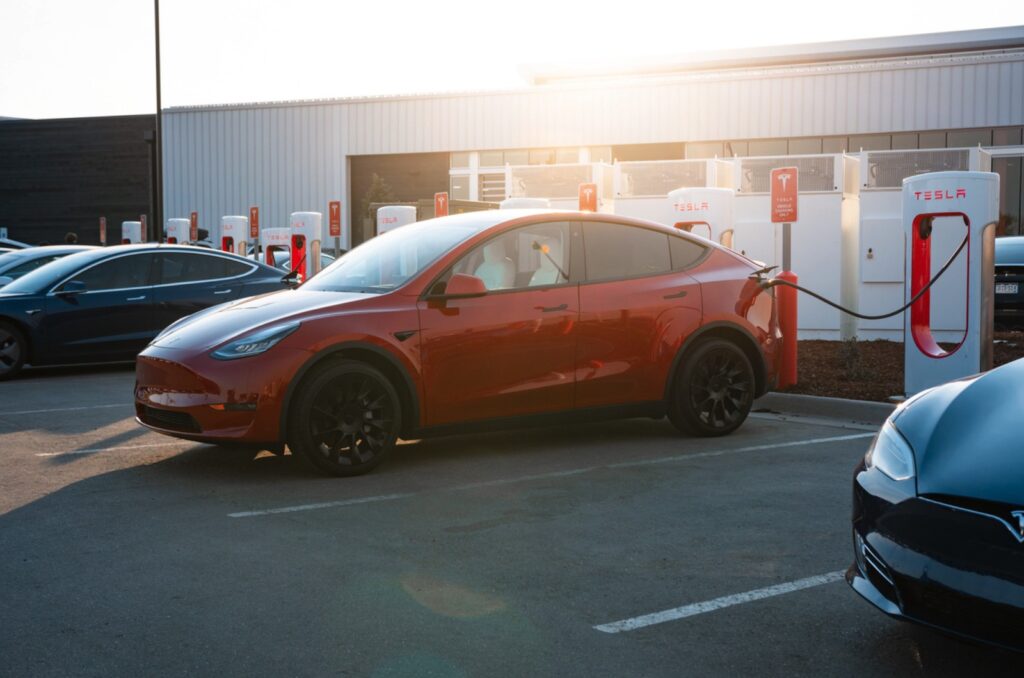
One of the biggest challenges Americans face is a “disjointed” network. Having multiple charging providers may be good for commercial competition, but it may create confusion for the consumer.
The rules also state charging stations have to be fast and stay open 24 hours a day. However, they don’t dictate the cost. The government will still allow companies to set rates. DOT also stated that stations will be set up across “major national highways and the National Highway Freight Network.”
The new guidelines and standards align with the hope that the Bipartisan Infrastructure Law and the Inflation Reduction Act will make producing American-made EVs and infrastructure easier and cheaper. With federal funding keeping production lines running plus clean-vehicle tax credits, EVs may get a significant price reduction, making the electric transition quicker. Only time will tell.

